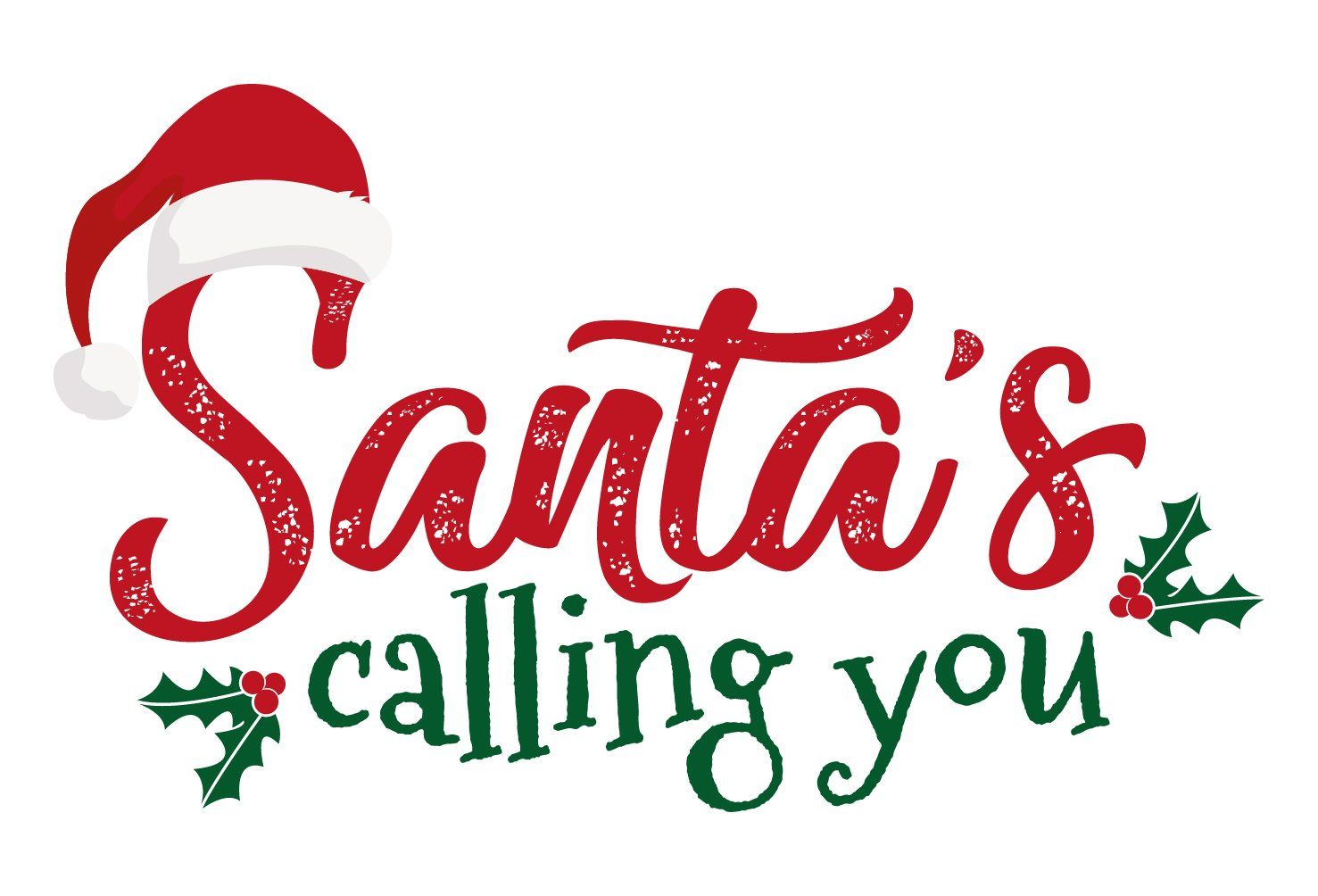A Victorian Christmas
“God bless us every one”, said Tiny Tim.
You could be forgiven for thinking that Charles Dickens invented Christmas, and you wouldn’t be far from the truth – or at least the fact that the Victorians invented Christmas as we would recognise it today.
It’s almost impossible to believe that at the start of the 19th century, Christmas was just an event on the church calendar, and barely celebrated by ordinary families. However, Victorians were nothing if not innovators and inventors, and by the end of the century many of their achievements led to us celebrating a Christmas we’d recognise.
Carols were nothing new – there are recognisable ‘Christmas carols’ dating back nearly a thousand years – but the first proper collection of Christmas carols dates from 1833, with many settings of old words to new tunes.
The young Queen Victoria and her husband Prince Albert were extremely family focused, and the drawing of the royal family in the Illustrated London News in 1848 that depicted them celebrating Christmas around a decorated tree fired up the new middle class to copy them. Decorated trees at Christmas were a tradition in Albert’s native Germany, and within a few years the new middle classes all wanted trees with candles and homemade decorations. Small gifts were hung on the tree, but this is also when larger gifts found their natural home underneath.
Christmas cards are also a Victorian invention. In 1843, a man called Henry Cole asked an artist to design a festive scene suitable for turning into a card he could send to his friends. Showing people around the dinner table and with a Christmas message, the cards were too expensive at one shilling each for most ordinary people to afford, so commercial cards were not an instant hit. Once again the royal family took the lead, and Queen Victoria encouraged her children to make their own, something which caught on across the country. Victorian industry meant that printing soon caught up with demand, and improvements in colour printing technology meant that the price of commercial Christmas cards dropped enough to make them affordable for everyone. By 1880m 11.5 million Christmas cards were produced and sent, giving lie to the suggestion that the commercialisation of Christmas is a modern development!
Victorian Christmas traditions didn’t end with decorated trees and Christmas cards; if you’re of a certain age, you’ll remember that the go-to brand of Christmas crackers in your childhood was Tom Smith. Smith was actually a British confectioner, and the cracker appeared out of his ingenious new idea for selling sweets in 1848. Recently returned from Paris, he was inspired by the sugared almonds he’d seen wrapped up in coloured paper. He had the idea of adding a snapper to the wrapped up sweets, which popped when the package was pulled apart. Sweets were joined by – and then replaced by – paper hats and small gifts as the century progressed, and Christmas crackers still remain a popular part of our Christmas celebrations.
It wasn’t just trees that underwent more elaborate decoration at home over the Christmas period – that’s when we started decorating our houses in earnest as well. The mediaeval Christmas celebrations had involved elaborate decoration with evergreens; although this continued, the Victorians had more elegant tastes. Cassell’s Family Magazine in 1881 had elaborate instructions for the lady of the house on how to “bring about a general feeling of enjoyment” through tasteful decoration at Christmas.
Other aspects of the more elaborate, pre-Industrial Revolution mediaeval Christmas celebrations that were resurrected including what we eat. The Christmas Feast predated the Victorian period by several centuries, but our traditional Christmas dinner has its roots here. Mince pies stopped containing meat, and the fruit pies we know today became very popular among the middle and upper classes. Roast turkey gained in popularity too, being the perfect size for most families to enjoy for Christmas dinner.
And what about Santa? Well, at the beginning of the 19th century, he looks more like the Ghost of Christmas Present in A Christmas Carol, younger, often with garlands of holly on his head, and presiding over a generous feast. However, the Victorian focus on the family meant that this was the century he changed his appearance. The German-born American illustrator Thomas Nast can be credited with securing his classic look, and this was also the century where Santa Claus and Father Christmas – once two separate figures – merged and became interchangeable. Santa became generous and cheerful, and dedicated to giving children a good Christmas.
Santa is no different today, of course, and isn’t afraid to keep up with the times. Book now to secure your live video call with Santa Claus this Christmas, direct from the North Pole!




